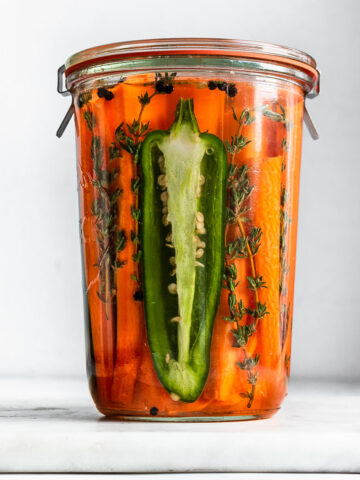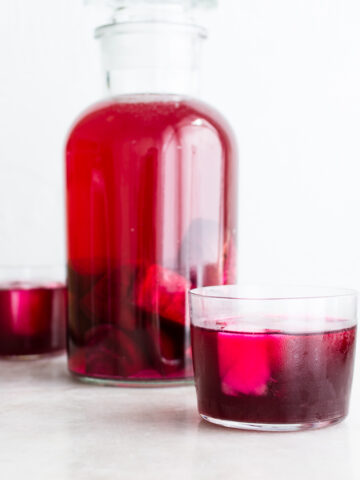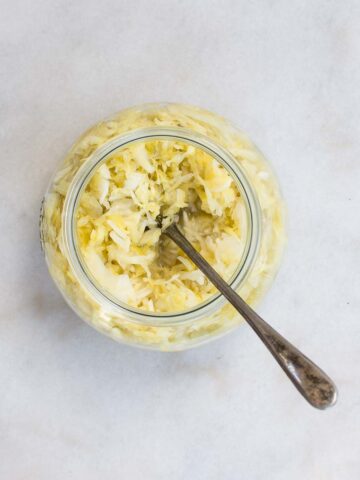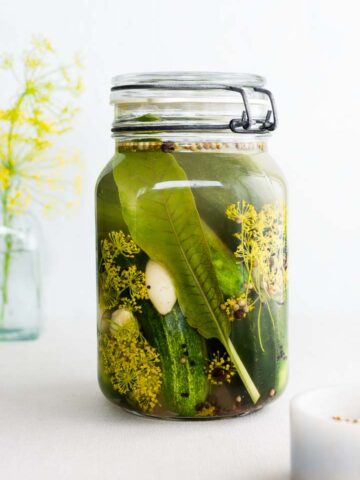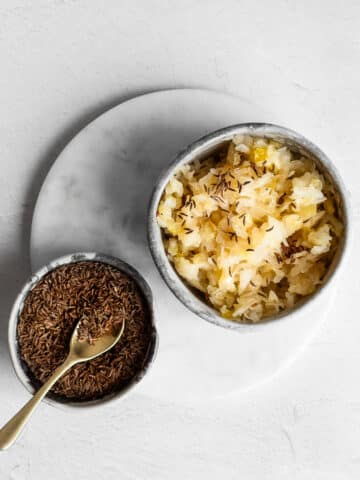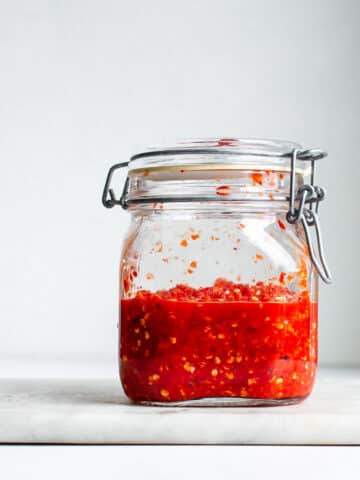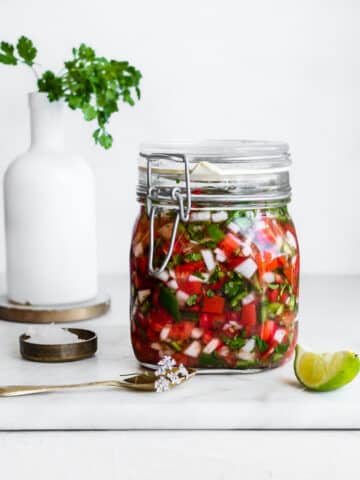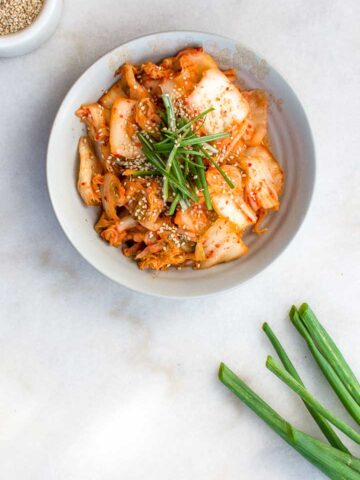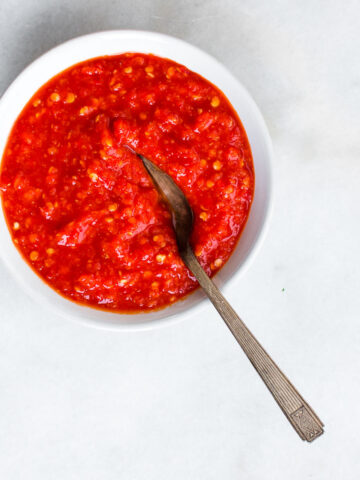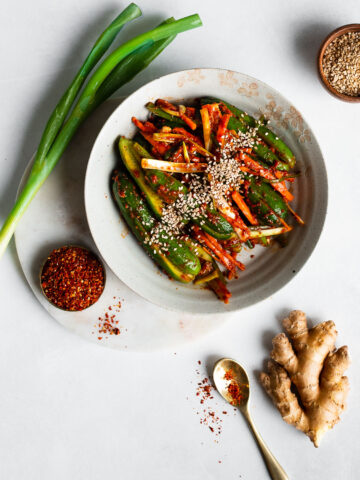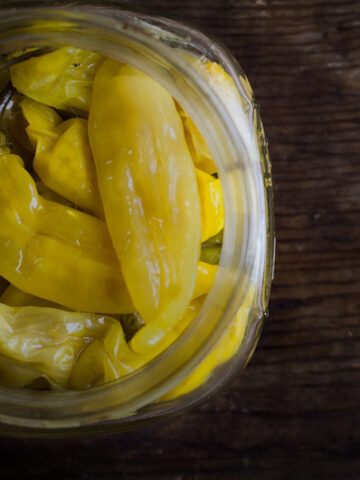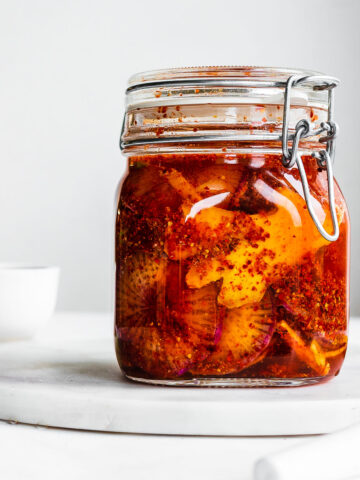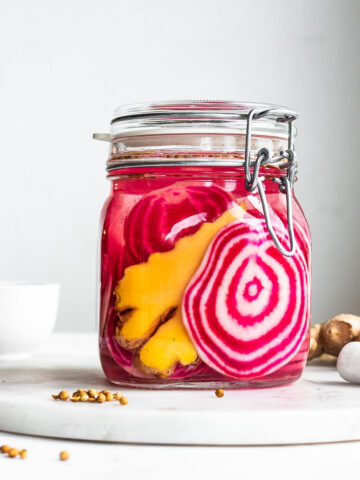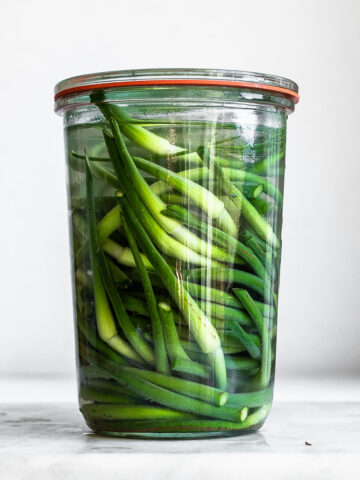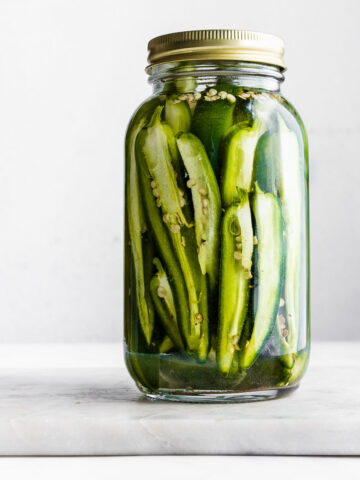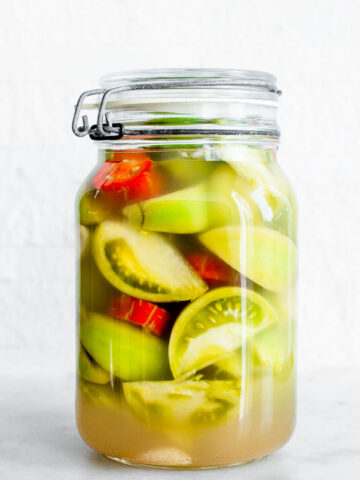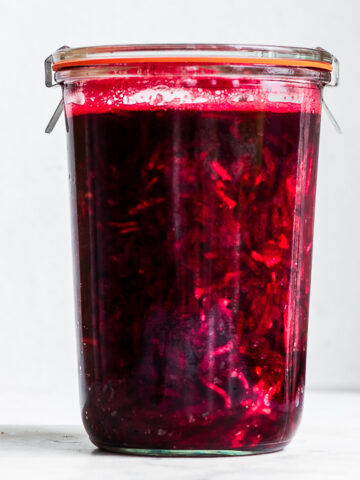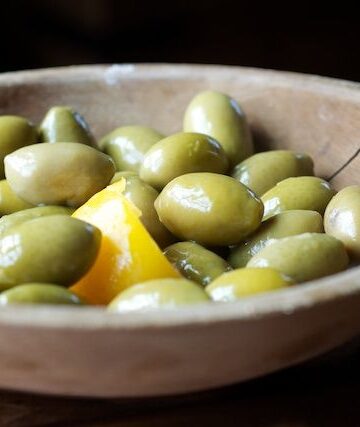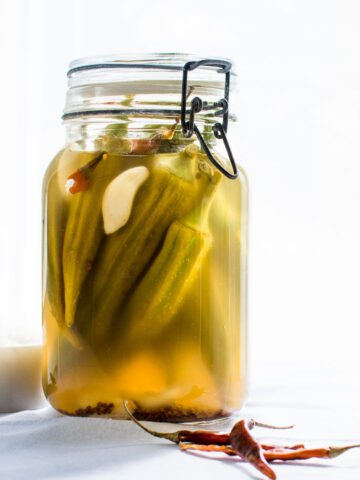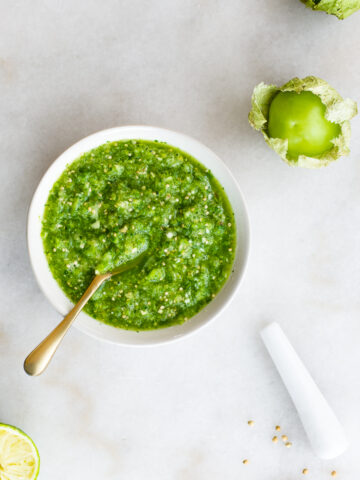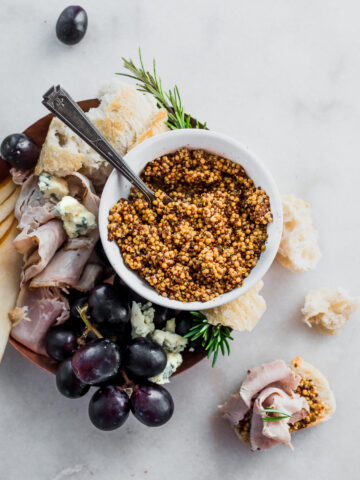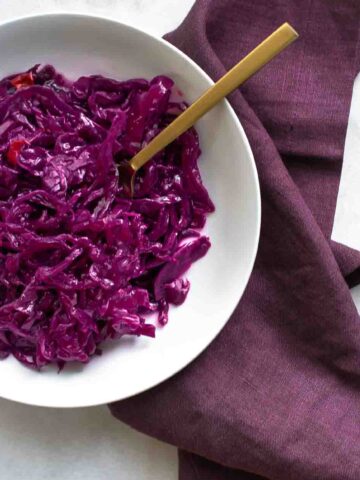Fermented Vegetable Recipes
Deeply flavorful and wonderfully sour, fermented vegetables are deceptively easy to make at home. For most, you only need vegetables, salt, and plenty of time.
They include sauerkraut, pickles, kimchi, and other traditional vegetable dishes that, in some ways, were born out of practicality and a need to preserve the autumn's harvest well into the darkest days of winter when food was scarce.
Reader Favorites
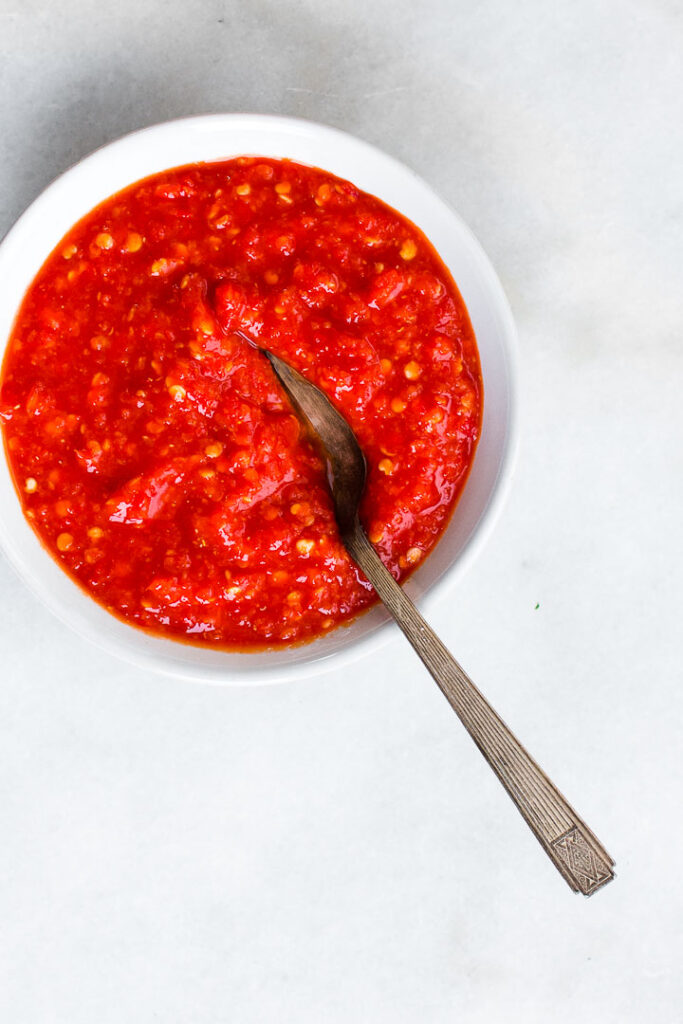
bright + Fiery
Fermented Hot Sauce
In the late summer and early autumn, you'll find baskets brimming with ripe hot peppers at your local farmers' market. They're perfect for hot sauce.
Tips for Fermenting Vegetables
Unlike fermented fruit recipes, which often only take a few days, fermented vegetables take much longer. So allow plenty of time, at least several weeks and up to several months.
Additionally, to keep your ferments safe and healthy, always make sure the vegetables are completely submerged in brine. Proper equipment, such as fermentation jars, seals, and weights, helps to ensure the optimal environment.
Be mindful of how much salt you add. Too much can inhibit fermentation while too little can lead to mushy, unpalatable vegetables.
Finally, remember that temperature affects the rate of fermentation. Vegetables will take longer to ferment at cold temperatures and less time in warm temperatures.
More fermented vegetable recipes
- Caraway Sauerkraut
- Fermented Pepper Mash
- Fermented Salsa
- Kimchi
- Easy Fermented Hot Sauce
- Cucumber Kimchi
- Brine-pickled (Fermented) Peperoncini
- Daikon Radish Kimchi
- Fermented Beets
- Brine-Pickled (Fermented) Garlic Scapes
- Fermented Jalapeños
- Fermented Green Tomatoes
- Beetroot Relish
- Fermented Ketchup
- Homemade Horseradish
- Cultured Veggies
- Home-cured Olives
- Fermented Okra
- Fermented Salsa Verde
- Fermented Mustard
- Hot Pink Jalapeño Garlic Kraut

